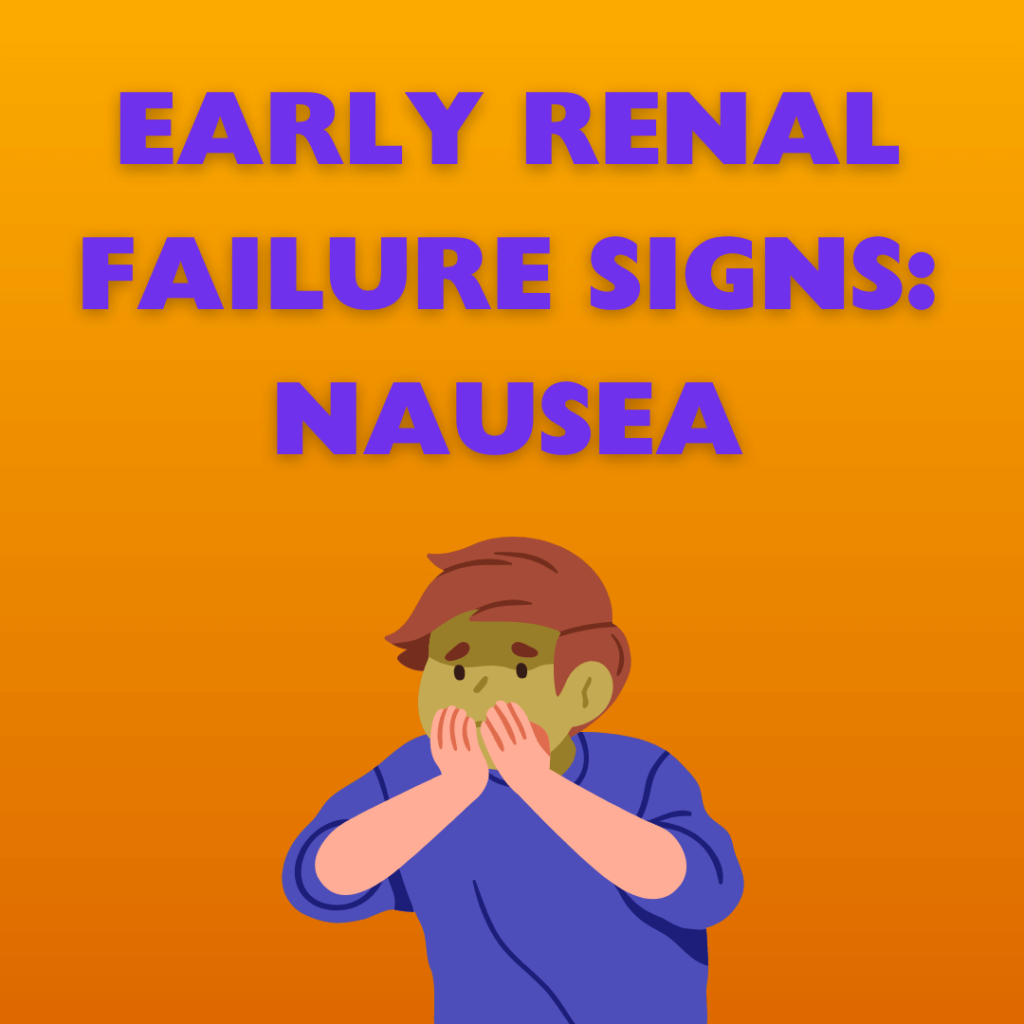
Tonsil stones (tonsillolith) are one of the body's most unique defense systems: by isolating infections into these stones, bacteria stuck in the tonsils can't migrate through the body. Tonsil stones are largely compromised of minerals (calcium) and are often visible to the naked eye, though few are larger than five millimeters wide. They may appear as white or yellow stones that protrude from your tonsils.
Though your tonsils exist to benefit your overall health, tonsil stones can cause irritating symptoms when left untreated. Fortunately, if you recognize the symptoms, you can manage tonsil stone removal at home and reduce the chances of additional stones popping up. These are the symptoms, treatments, and preventative measures you can take against tonsil stones.
How Are Tonsil Stones Formed?
Tonsil stones occur in the oval-shaped tissue known as the tonsils. The body's immune system utilizes tonsils to help wield off infections and bad bacteria, especially in adolescence. However, when mucous, bacteria, and debris get trapped in the crevices of the tonsils, they can form soft, mineral lumps. Given time, these develop into rock-like deposits known as tonsil stones.
Tonsil stones aren't always avoidable, though certain behaviors and lifestyle choices can increase your chances of developing tonsil stones. One of the leading causes of tonsil stones is failure to maintain oral hygiene. If you don't keep up with brushing your teeth, flossing, and rinsing out your throat, you are more likely to create bacterial conditions that allow tonsil stones to thrive.
Smoking (which agitates the tonsils and boosts the presence of bacteria) also increases your risk for tonsil stones. Lastly, allergies and colds that cause post-nasal drip can funnel mucous straight to the throat, creating the perfect storm for tonsil stones to form.
Symptoms of Tonsil Stones
Tonsil stones are not inherently harmful, though they can be irritating. Common symptoms of tonsil stones include:
- Severe bad breath
- Visible white/yellow stones
- Throat irritation or soreness
- The sensation of something lodged in your throat
- Chronic cough
- Ear ache
- Swollen tonsils
Symptoms will range in severity based on the size/frequency of stones; not everyone with tonsil stones will experience discomfort or pain. In fact, there is a chance that you'll experience no symptoms associated with your tonsil stones. However, removing those stones and practicing proper hygiene is a great way to prevent long-term discomfort and chronic tonsil stones.
Treatment for Tonsil Stones
Often, tonsil stones can be dealt with at home. Take a soft item, such as a cotton swab, and press it against your tonsil stones until they are dislodged from the tissue. It's important to be gentle, as fingernails, hard toothbrush ends, and other blunt items can cause scraping and inflammation of the soft tonsil tissue.
Another easy way to remove tonsil stones is by gargling with salt water. In addition to dislodging tough-to-remove tonsil stones, gargling helps to soothe inflammation and disinfect your tonsils. This bacterial flush can prevent tonsil stones from returning.
If you have large, painful, or recurrent tonsil stones, your healthcare provider may refer you to an ear, throat, and nose specialist (ENT). They may surgically remove any stubborn tonsil stones. You may also have the option of laser resurfacing your tonsils, which can help flatten tissue and reduce the amount of crypts.
If your tonsils are prone to chronic infection or cause substantial pain, you may be recommended for full tonsil removal, known as a tonsillectomy. While this surgery is more common among children, it is rarely recommended for tonsil stone treatment in adults, which is something to keep in mind when considering the procedure.
How to Prevent Tonsil Stones
To avoid the discomfort of tonsil stones, maintaining good oral hygiene is key. You should brush your teeth one to two times daily, floss, and use mouthwash. In addition, regular salt water gargles reduce bacterial build-up in the tonsils.
If you experience chronic tonsil stones, aim to introduce more antibacterial foods into your diet. Foods like garlic and onion can help clear bad bacteria from your mouth and throat, reducing your risk of tonsil stones and tonsil infections. It's also advised to be intentional about drinking water after eating. This flushes food out of the throat and reduces the opportunity for debris to get stuck in the crypts of your tonsils.
For those with seasonal allergies, taking regular allergy medication can lessen the occurrence of tonsil stones caused by post-nasal drip. Over-the-counter allergen pills may be enough to control your runny nose; if not, talk to your doctor about other interventions, such as prescription medication or allergy shots.
Ultimately, managing your oral and nasal health will significantly reduce your chances of developing tonsil stones. If tonsil stones interrupt your quality of life, contact a healthcare provider with your concerns. They can help you determine whether or not tonsil stone surgery, laser resurfacing, or a tonsillectomy may be a good option for your future.
Resource Links
- "What Are Tonsil Stones?" via Keck Medicine of USC
- "Tonsil Stones" via Cleveland Clinic
- "Tonsil stones" via Health Direct
- "Tonsil Stones" via American Family Physician
- "Tonsil Stones: Care Instructions" via MyHealth Alberta
- "What Is The Main Cause Of Tonsil Stones And Ways To Remove Them?" via Smiles on Queen Dentistry




